
Filter News
Area of Research
- Advanced Manufacturing (2)
- Biology and Environment (109)
- Biology and Soft Matter (1)
- Computational Biology (2)
- Computational Engineering (1)
- Computer Science (4)
- Electricity and Smart Grid (1)
- Energy Science (112)
- Energy Sciences (1)
- Functional Materials for Energy (2)
- Fusion and Fission (9)
- Isotope Development and Production (1)
- Isotopes (28)
- Materials (78)
- Materials for Computing (12)
- Mathematics (1)
- National Security (27)
- Neutron Science (20)
- Nuclear Science and Technology (9)
- Quantum information Science (4)
- Supercomputing (86)
News Topics
- (-) Biology (128)
- (-) Cybersecurity (35)
- (-) Energy Storage (114)
- (-) Exascale Computing (67)
- (-) Isotopes (62)
- (-) Microscopy (56)
- (-) Quantum Computing (53)
- (-) Space Exploration (26)
- 3-D Printing/Advanced Manufacturing (146)
- Advanced Reactors (40)
- Artificial Intelligence (131)
- Big Data (79)
- Bioenergy (112)
- Biomedical (73)
- Biotechnology (39)
- Buildings (74)
- Chemical Sciences (86)
- Clean Water (33)
- Composites (35)
- Computer Science (226)
- Coronavirus (48)
- Critical Materials (29)
- Education (5)
- Element Discovery (1)
- Emergency (4)
- Environment (218)
- Fossil Energy (8)
- Frontier (64)
- Fusion (66)
- Grid (74)
- High-Performance Computing (130)
- Hydropower (12)
- Irradiation (3)
- ITER (9)
- Machine Learning (68)
- Materials (157)
- Materials Science (158)
- Mathematics (12)
- Mercury (12)
- Microelectronics (4)
- Molten Salt (10)
- Nanotechnology (64)
- National Security (86)
- Neutron Science (171)
- Nuclear Energy (122)
- Partnerships (68)
- Physics (69)
- Polymers (35)
- Quantum Science (93)
- Security (31)
- Simulation (65)
- Software (1)
- Statistics (4)
- Summit (71)
- Transportation (103)
Media Contacts
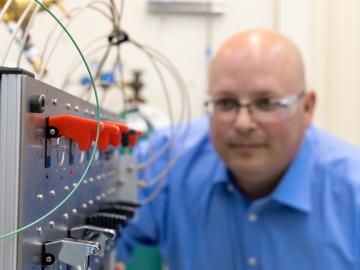
An Oak Ridge National Laboratory researcher has invented a version of an isotope-separating device that can withstand extreme environments, including radiation and chemical solvents.
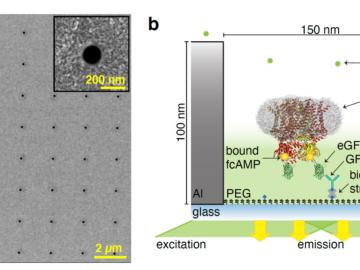
Researchers working with Oak Ridge National Laboratory developed a new method to observe how proteins, at the single-molecule level, bind with other molecules and more accurately pinpoint certain molecular behavior in complex
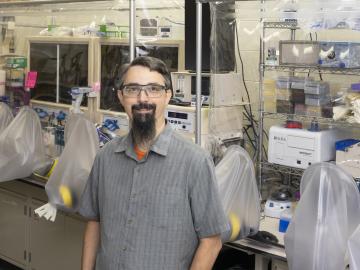
As a metabolic engineer at Oak Ridge National Laboratory, Adam Guss modifies microbes to perform the diverse processes needed to make sustainable biofuels and bioproducts.
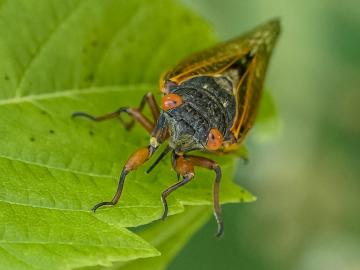
On the road leading to Oak Ridge National Laboratory, drivers may notice that many of the green trees lining the entrance to the lab are dappled with brown leaves. Just weeks past the summer solstice, this phenomenon is out of place and is in fact evidence of another natural occurrence: cicada “flagging.”

Scientists at ORNL and the University of Wisconsin–Madison have discovered that genetically distinct populations within the same species of fungi can produce unique mixes of secondary metabolites, which are organic compounds with applications in
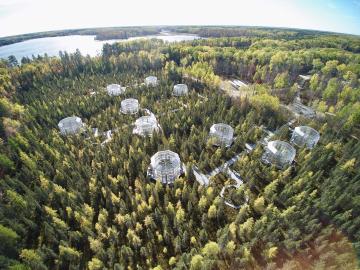
Scientists studying a unique whole-ecosystem warming experiment in the Minnesota peatlands found that microorganisms are increasing methane production faster than carbon dioxide production.
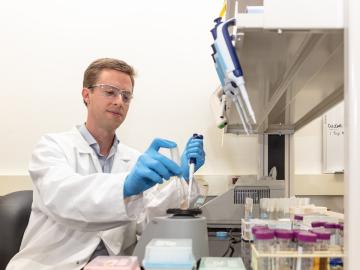
In a step toward increasing the cost-effectiveness of renewable biofuels and bioproducts, scientists at ORNL discovered a microbial enzyme that degrades tough-to-break bonds in lignin, a waste product of biorefineries.
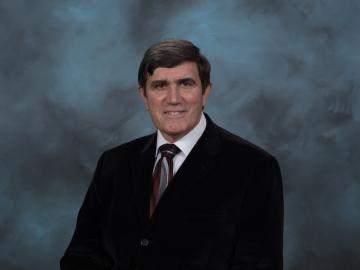
In a long career full of scientific accomplishments, Brian Davison counts among his many successes the formation of ORNL’s LGBTQIA+ employee group and helping gay and lesbian staff at the lab

As rising global temperatures alter ecosystems worldwide, the need to accurately simulate complex environmental processes under evolving conditions is more urgent than ever.

An ORNL-led team comprising researchers from multiple DOE national laboratories is using artificial intelligence and computational screening techniques – in combination with experimental validation – to identify and design five promising drug therapy approaches to target the SARS-CoV-2 virus.


